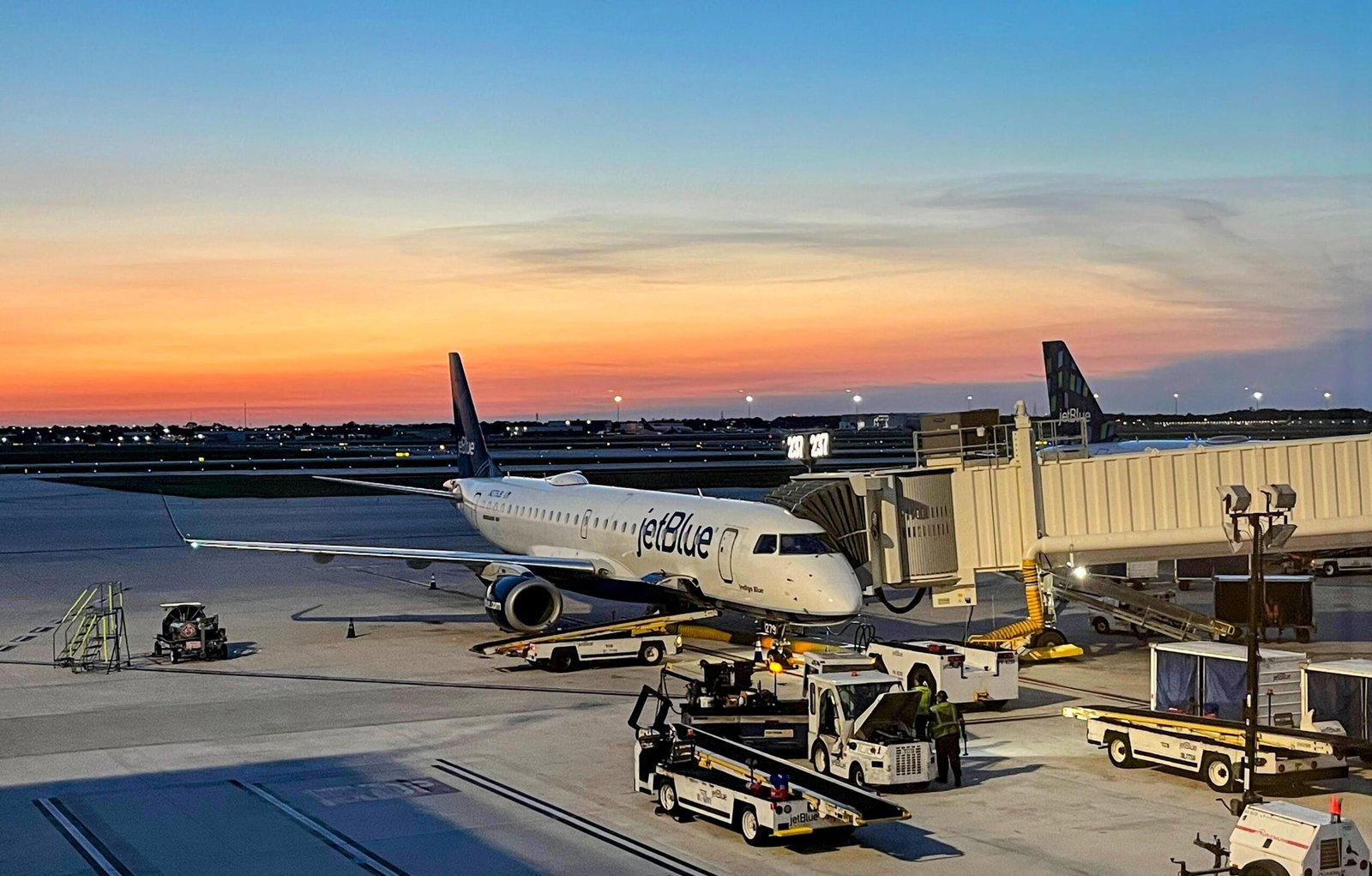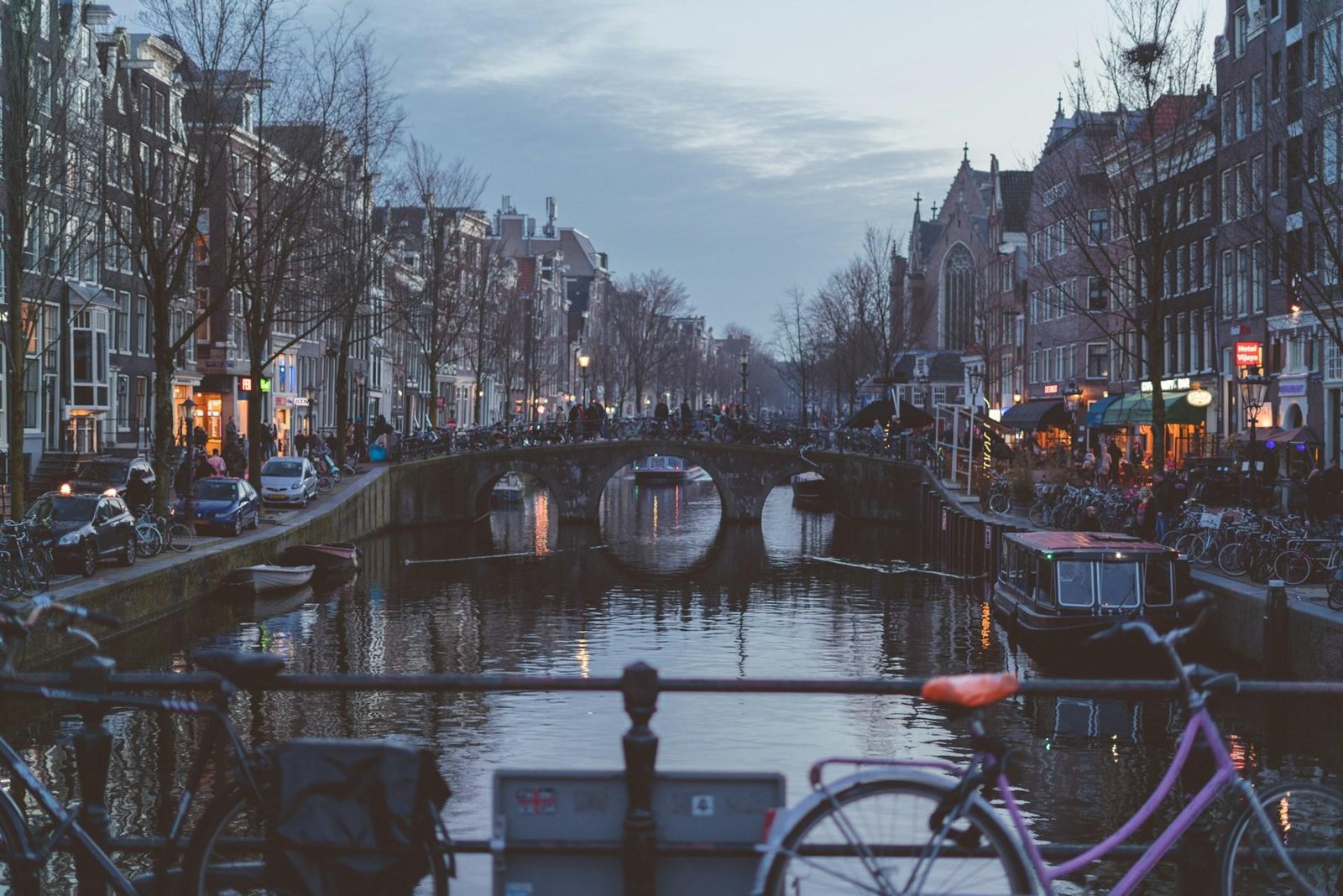As overtourism continues to impact some of the world’s most popular travel destinations, many iconic spots are implementing new fees and regulations to manage the influx of visitors and preserve their unique environments and cultures.
Factors such as the pandemic and the influence of social media have contributed to the rising number of tourists worldwide, particularly in the most “trendy” destinations.
Here is a list of seven places that will cost more to visit this year.
Venice, Italy

Venice is undoubtedly one of the most picturesque cities in the world. The architecture and canals, the quaint streets, the iconic gondolas… all come together to create an enchanting atmosphere.
However, the downside of all this charm is that Venice is overcrowded. From cruise ship passengers to day-trippers, the city has been dealing with overtourism for years.
But is this influx of tourists supposed to be good for the local economy? Not really, according to Venice’s residents. Hotels and local businesses complain of not benefiting from the hordes of tourists who visit Venice just for the day but don’t stay overnight.
As a result, local authorities have decided to introduce an entrance fee for visitors who don’t spend the night. Since April 2024, the city has imposed a 5 euro entry fee for day-trippers on certain dates, between 8:30 a.m. and 4:00 p.m.
This pilot program will run until July of this year.
Amsterdam, Netherlands

For decades, Amsterdam has had a reputation as a party city where anything is possible. Young visitors, especially, crowd the narrow streets, going bar hopping and continuing the night in the infamous Red Light District.
Although Amsterdam is also known for world-class museums and historic sites such as the Van Gogh Museum and the Anne Frank House, as well as its canals and green spaces, the backlash against overtourism primarily affects the wild-party crowds.
However, local authorities are not distinguishing between “bad” and “good” visitors, hitting everyone with a hefty tourist tax of 12.5% -the highest in Europe- and implementing a series of measures to slow down mass tourism in the city.
Even cruise ship passengers just stopping over will pay a “day-tripper tax” of 14 euros.
The bottom line is that you will need to prepare your wallet if you want to spend even one day in the ‘city of tulips,’ Amsterdam.
Barcelona, Spain

Residents of Barcelona, home to one of the most visited religious buildings in the world, the Basilica of the Sagrada Familia, have been complaining about mass tourism for years.
Recently, protests have increased, with locals closing access to attractions like Gaudi’s Park Guell and Carmel’s bunkers—two of the most crowded sites due to their popularity on Instagram and TikTok.
So, what are the local authorities doing about this situation? Besides increasing police presence to tackle illegal parties, local authorities are hiking the tourist tax from 2.75 euros to 3.25 euros per night.
Although the tax increase is not likely to deter visitors from coming to the Catalonian capital, the residents’ backlash against the presence of tourists in their city may impact your decision to stop by.
Other Spanish destinations dealing with backlash against overtourism include the Canary and Balearic Islands, Malaga, and Santiago de Compostela.
Meanwhile, the Ministry of Industry and Tourism in Spain is celebrating a record number of visitors, with 85 million tourists coming to the Iberian country in 2023 and already reaching 16 million in the first quarter of 2024.
Bali, Indonesia

Paradisiacal beaches, stunning temples, scenic landscapes… and lots of tourists. Bali is feeling the consequences of being such an attractive and affordable destination.
Local authorities are concerned about the environmental and cultural impact that overtourism may have on the island’s quality of life.
So, starting in February 2024, there is a new Bali Tourism Tax of 150,000 rupiah that foreign visitors must pay either before arriving at the island or at the local airport and port.
According to the Bali Provincial Government, the goal behind this new fee is “to preserve the integrity and balance of Bali’s nature, its people, and their culture.”
Whether you agree or disagree with the purpose of the new policy, be prepared to spend a little more on your next Bali getaway.
Mt. Fuji, Japan

If climbing Mount Fuji is on your bucket list, get your wallet ready because there is now a mandatory fee of 2,000 yen to reach the top of this iconic Japanese landmark.
The Yamanashi Prefecture has approved an ordinance to address the issue of overtourism in the area, especially during the hiking season from July to September.
A “toll gate” will be installed at the entrance of the Yoshida trail, the most popular with visitors, to not only collect the fee but also enforce the new daily limit of 4,000 hikers. So, be sure to get your online reservation before heading there.
Additionally, no more climbing to see the sunset from the summit—unless you are staying at a mountain hut—because the gate will close daily from 4 p.m. to 3 a.m.
For those who like getting off the beaten track (literally), you can try to reach the top of Mt. Fuji via other alternative trails that are still free, for now. Shizuoka Prefecture has three trails:
- Fujinomiya, best for beginners
- Subashiri and Gotemba, recommended for experienced climbers.
Galapagos Islands, Ecuador

Home to nearly 9,000 species and a UNESCO World Heritage Site, the Galapagos Islands are famous for their unique wildlife, including the giant tortoise and marine iguana.
Due to its natural attractions, the Galapagos has become one of the most popular ecotourism destinations worldwide, which can be good for business but detrimental to the local ecosystem.
Visitors to this amazing destination already have to pay an entry fee of up to $100 to support conservation initiatives. However, starting in August 2024, the tourist tax will be doubled in an effort to reduce the number of visitors to the islands.
With the new fees, tourists will pay up to $200 per stay. While this increase may seem drastic, Ecuador’s Minister of Tourism stated that this is the first time since 1998 that the price is going up.
Paris, France

Another travelers’ favorite destination, Paris, is getting more expensive in 2024, just in time for the Olympic Games. Starting in January, the tourist tax on hotel rooms has increased by up to 200%, with fees varying depending on the type of accommodation.
The fees for hotels range from 2.60 euros (1 star) to 10.73 euros (5 stars) and 14.95 euros (palaces) per person, per night.
Transport costs are also nearly doubling during the competition period (Olympics and Paralympics) from July 20 to September 8, 2024. Metro tickets will cost 4 euros for a single ride and 32 euros for a 10-ticket block.
Unlike other destinations, these measures are not aimed at countering overtourism, but rather at helping fund the extra costs of hosting the Olympic and Paralympic competitions.
In Summary
Many popular spots are implementing new fees and regulations to limit the number of visitors and fund conservation efforts.
From Venice to the Galapagos Islands, tourists will have to pay more to experience these iconic locations.
While these measures may seem like a financial burden, local authorities argue that they are crucial for sustaining the beauty and integrity of these destinations for future generations.
So, as you plan your travels for the year, be prepared for these additional costs.




